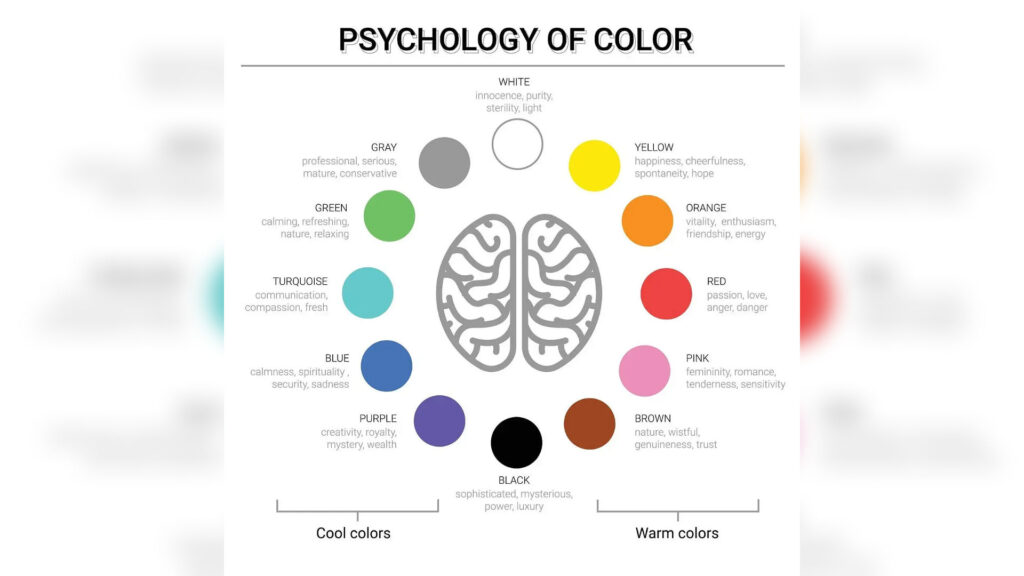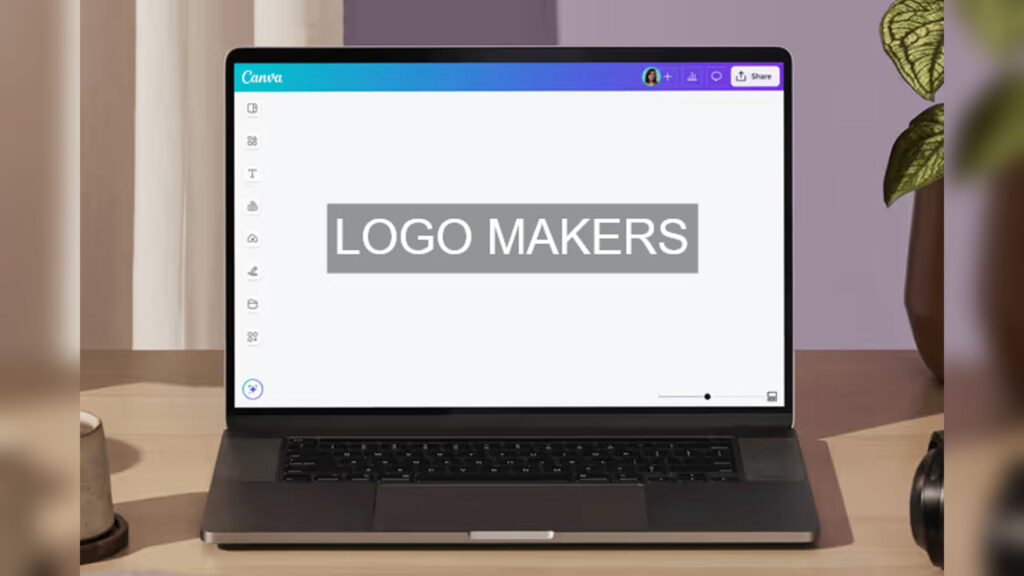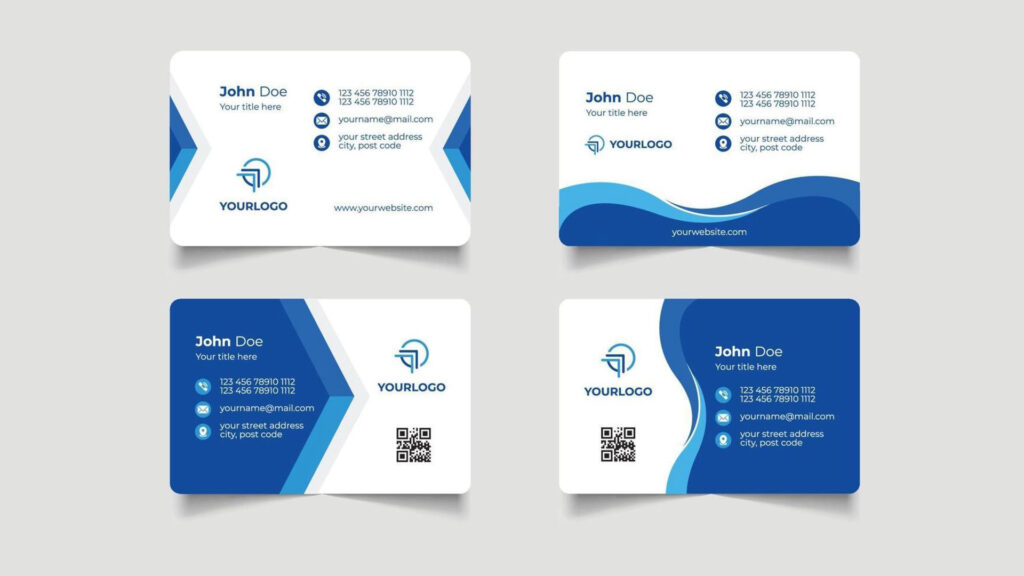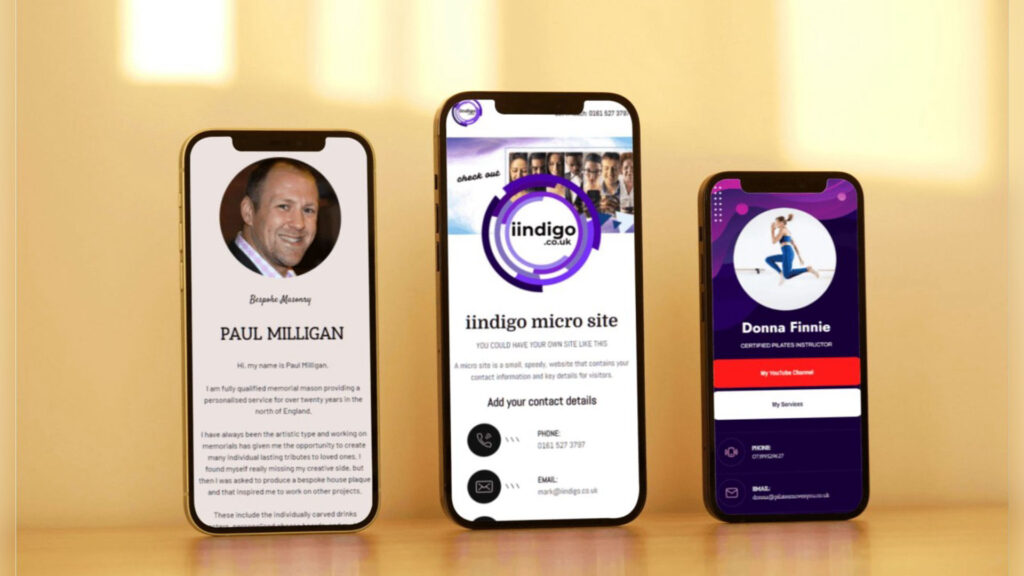Branding in Kenya is evolving faster than ever. What worked five years ago now feels outdated. As consumer behavior shifts, digital adoption increases, and competition stiffens, businesses are left with a serious question: should you hold on to your current brand identity, simplify it through debranding, or start fresh with a full rebrand?
This article is a deep dive into modern Kenyan branding trends, why many businesses are shedding their old image, and how to decide whether it’s time to pivot. Whether you’re a startup founder in Nairobi, a retail owner in Kisumu, or a service provider in Eldoret, this guide will help you evaluate your brand’s relevance in 2025 and beyond.
Table of Contents
ToggleWhat Branding Means in the Modern Kenyan Market
Branding is more than just a logo or a slogan. It’s the sum of every interaction your audience has with your business. It’s your tone, your design language, your reputation, your messaging, your visuals, and the emotional connection you build with your audience.
In Kenya, where the SME sector is rapidly growing and more businesses are fighting for digital attention, branding has become a crucial differentiator. People don’t just buy products anymore—they buy experiences, meaning, and personality. If your business doesn’t feel current, relevant, and authentic, it’s likely to be overlooked no matter how good your offering is.
This is where rebranding and debranding come into play.
Understanding the Difference Between Rebranding and Debranding
Before diving into whether your business needs to make a shift, it’s important to distinguish the two major approaches:
Rebranding involves changing a company’s identity to better connect with a new audience, reflect growth, or correct negative perception. It often includes changes to the logo, color scheme, messaging, voice, packaging, and even the company name.
Debranding, on the other hand, is the simplification of a brand. It strips away complex designs, overly corporate language, and visual clutter to create a more minimalistic, human-centered identity. The goal is to be more relatable, modern, and approachable—especially to younger audiences.
Both are strategic decisions, and both can be powerful when done right.
Why Kenyan Businesses Are Rebranding or Debranding in 2025
Kenya’s branding landscape is undergoing a wave of change. Here’s what’s driving this shift:
1. The Rise of Gen Z Consumers
Gen Z is influencing buying behavior in Kenya, especially in urban areas. This generation values authenticity, simplicity, and emotional resonance. They’re quick to spot inauthenticity and avoid brands that feel overly corporate or salesy.
To connect with this demographic, businesses are dropping their formal tone, adopting cleaner visuals, and creating more inclusive branding narratives.
2. The Pressure of Digital Platforms
Most Kenyan businesses now market themselves heavily through digital platforms—Instagram, TikTok, Facebook, WhatsApp, and websites. This has changed how logos, colors, and fonts are used.
A complicated logo that looks good on a billboard may appear messy or unreadable in a small profile picture or social media thumbnail. This is pushing businesses toward simpler, more scalable design.
3. The Growth of Competition
Every year, thousands of new businesses are registered in Kenya. In sectors like fashion, food delivery, health and wellness, and fintech, the branding bar is rising fast. If your brand feels outdated or inconsistent, you risk being outshined by younger, trendier brands.
4. COVID-Era Shifts Still Echoing
Many businesses pivoted during or after the COVID-19 period. Those that moved online or changed their business model may now need their branding to reflect that transformation.
5. Global Influence and Local Pride
Kenyan consumers are both globally aware and locally proud. They love brands that understand Nairobi street culture, Sheng slang, or rural lifestyles—but also admire global aesthetics. Successful branding now sits at the intersection of local identity and global appeal.
Signs It Might Be Time to Rebrand
If you’re unsure whether a rebrand is necessary, consider the following signs:
1. Your Visuals Feel Outdated
Design trends change. If your logo still screams 2010s with gradients, drop shadows, or bulky fonts, it might be time for a refresh.
2. You’ve Outgrown Your Original Identity
Maybe you started as a one-person cake business but now run a bakery franchise. Or you began as a Facebook seller but now own an e-commerce store. Your branding should reflect your new stature and audience.
3. You’re Attracting the Wrong Customers
If your current image attracts bargain hunters but you want premium buyers, or if people misinterpret what you do, your branding may need realignment.
4. Your Online and Offline Identities Don’t Match
In today’s hybrid world, consistency is key. If your shopfront, website, packaging, and social media don’t tell the same story, you’re confusing customers.
5. You’ve Had Negative Publicity
If your brand has been associated with poor service or scandals, a well-managed rebrand can offer a fresh start and signal improvement.
When Debranding Makes More Sense
Debranding is not about losing identity—it’s about clarifying it. It works well when:
-
Your visuals are cluttered or too detailed for mobile screens
-
You want to feel more human and less corporate
-
You’re targeting a younger, minimalist-loving audience
-
Your messaging is too formal and needs to sound more conversational
Big global brands like Mastercard, Burberry, and even Google have embraced debranding at various points to feel modern and digital-ready. Kenyan brands are now following suit. We’ve seen clean, simplified rebrands from digital startups, real estate agencies, and even banks.
Rebranding Case Studies in Kenya
Let’s look at some examples that show rebranding and debranding in action locally.
1. Equity Bank
Equity’s brand refresh included a more modern, minimalist logo and a sharper digital presence. Their tone became more youthful, messaging more relatable, and their marketing more aligned with mobile-first platforms. It reflected a move from traditional banking to digital financial services.
2. Java House
Once known for its classic brown-heavy identity, Java modernized its branding to appeal to a younger market. Their interior design, packaging, and social media content now blend modern visuals with Kenyan identity.
3. Startups Like Sendy and Little Cab
Both companies simplified their logos to work better on apps, websites, and marketing materials. These changes reflected both functionality and aesthetic modernism.
These are not just cosmetic changes. They impact how customers perceive the brand, how staff represent it, and how it competes in the market.
How to Plan a Rebrand or Debranding in Kenya
If you’ve decided your business could benefit from a new identity, follow these steps:
1. Start With Brand Strategy
Before changing your visuals, ask foundational questions: Who is our ideal customer? What values do we stand for? What makes us different? What emotions do we want to evoke?
2. Study the Market
Look at what your competitors are doing and what customers in your industry are responding to. Get inspiration, but avoid copying.
3. Work With Professionals
Whether you choose a freelance designer, a creative agency, or a Nairobi-based branding consultant, invest in people who understand design and marketing—not just art.
4. Think Beyond the Logo
Rebranding should touch everything: your tagline, tone of voice, website design, packaging, signage, customer service scripts, and more.
5. Roll Out Gradually
Start with your digital assets—social media, website, Google profile—then update printed materials. Keep your audience informed so they don’t get confused.
6. Measure the Impact
Use customer feedback, engagement metrics, and sales to track whether your rebranding is resonating with your audience.
Common Mistakes to Avoid
-
Changing Just for the Sake of It: Rebranding without strategy often leads to confusion or backlash.
-
Neglecting Existing Customers: Your loyal base may feel alienated if the new look is too drastic or feels disconnected.
-
Inconsistency: Using the new brand on some platforms and the old one on others breaks trust.
-
Forgetting Storytelling: A good rebrand includes a clear explanation. People love to know the “why” behind the change.
Final Thoughts: Evolve or Stay the Same?
Branding is not something you do once and forget. It’s a living part of your business. In Kenya’s fast-changing market, staying relevant means regularly evaluating how your brand looks, feels, and communicates.
Rebranding can reinvigorate your business, attract new audiences, and show growth. Debranding can help you stay modern, focused, and human. But whether you go for a complete transformation or just a refined update, let your brand tell a story that feels true, current, and compelling.
So, should you debrand, rebrand, or stay the same?
Look around. Listen to your customers. Feel the pulse of the market. Then act with intention. Because in the game of modern business, the brand that feels most authentic often wins.
























































